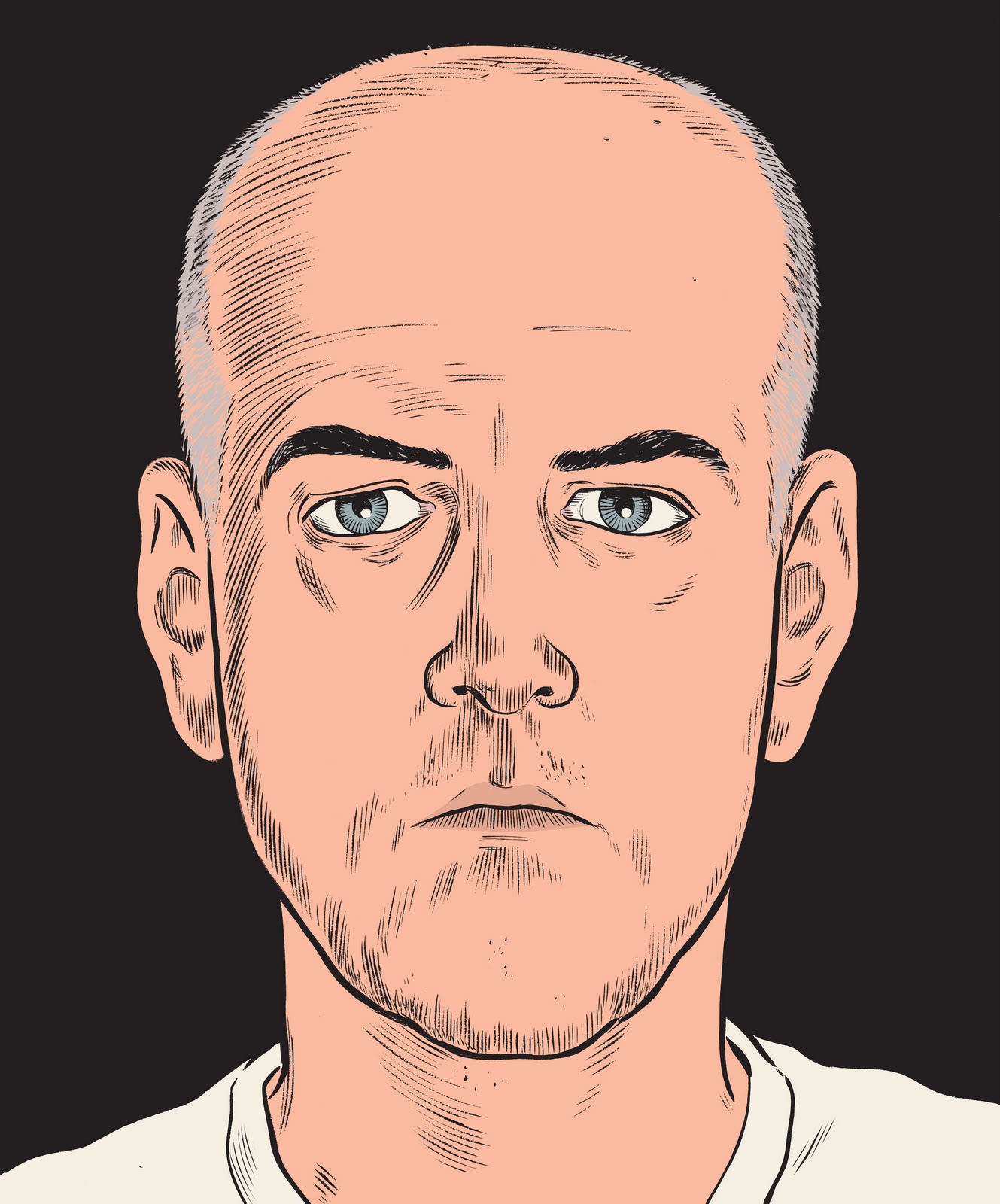It took months of negotiation between five federal, state, local, and Native American agencies to get permission to break ground June 5 for a much-needed sewage treatment plant improvement on Semiahmoo Bay by the US-Canada border. All it took to bring excavation to a screeching halt two months later, only hours from completion, was an impulsive action by one man.
The man is Gordon C. Tucker Jr., an archeologist of more than 20 years’ experience employed at the time by the multinational engineering consulting firm of Golder Associates. The action Tucker took was to transport some two dozen sets of human remains uncovered July 26 at the Semiahmoo Spit excavation site to Golder’s Denver, Colorado, office.
Nobody contends that Tucker treated the remains with disrespect or that he damaged them in any way. The fact remains that merely by moving them without proper notice violated the letter or spirit of almost every section of the Memorandum of Agreement painfully worked out between representatives of the Department of Agriculture’s Rural Development Program, the state archeologist, the City of Blaine, and the nearby Lummi Indian Tribe.
Notified of the bones’ whereabouts, representatives of the Lummi flew to Denver to take possession and return them to Washington, but their adventure doesn’t end there. Lummi attorney Theresa Pouley has called on state and federal authorities to prosecute those responsible, and her call has been heard. According to Rebecca Balcom, Golder’s lead archeologist, Tucker has been suspended from his job without pay, while the US Inspector General, the state Attorney General, and the FBI were all independently looking into bringing charges against him.
Last week, the situation got even more complicated when the Semiahmoo First Nation of Canada stated its own interest in the matter. Although now headquartered in the South Surrey area of British Columbia, the Semiahmoo have long dwelt along the Fraser Delta coastline on both sides of the 49th parallel and have never signed a treaty ceding land to the federal governments of either the US or Canada. “The Semiahmoo are clearly the Indian people that are indigenous to the area in question,” says Sharon Charles, wife of Semiahmoo Great Chief Bernard Charles, “and we have our own concerns and interests in this matter. First and foremost, we want to see these remains reinterred, immediately and with dignity, in accord with our beliefs. Second, we want to see this construction project completed immediately so that raw sewage from the city of Blaine no longer contaminates the beaches and bays where our people live.”
Technically, there’s no reason both objectives couldn’t be achieved immediately. Back in March, before excavation began, the Whatcom County Parks Department offered to provide a suitable reinterment site adjacent to the construction area, on an ancient Indian settlement site within park boundaries and already protected by law. As for the construction job itself, Semiahmoo attorney Doug Robertson says that there only about a day’s worth of earthmoving left to be done.
This puts the Semiahmoo in head-on conflict with the Lummi, one of whom told an MSNBC reporter that the site could not be touched again until his people’s feelings had a chance to “heal.” On a more practical note, immediate reinterment of the remains would in effect put the concrete evidence of a possible crime off the docket. As far as the Semiahmoo are concerned, that’s the best thing that could happen. “We have many friends among the Lummi,” says Sharon Charles, “but there’s one area where we obviously don’t agree, and it’s part and parcel of our beliefs, and that is that we must do everything we can to avoid acrimony and anger, and to cultivate peace and tranquillity, especially when it’s a question of human remains. Quarreling over them in court is is not respectful, and neither is dumping raw sewage into the ocean—not respectful to the living or the dead.”
If it comes to litigation, Charles says, the Semiahmoo are ready to make a case of their own—to claim the remains (dating to sometime between 2500 and 4000 years ago) as their own ancestors if need be and to demand their immediate reinterment in the land offered by Whatcom County for the purpose.
At press time talks between the tribes had yielded no resolution, but Semiahmoo attorney Doug Rogertson had hopes of settlement by the end of this week. Reporters were also waiting for an official statement from Golder Associates to explain how its veteran archeologist had managed to get himself and his employer in so much hot water. “All I can say at the moment is, he made a mistake,” says Balcom.
“The only thing I can figure is that Gordon spent most of the last 20 years working around Colorado,” says a former classmate and associate of Tucker. “Conditions there are completely different from the Pacific Northwest, where the tribes are extremely concerned about any infractions of the law concerning proper handling of remains.”
Understandably, for one under simultaneous investigation by half a dozen government agencies, Tucker has yet to voice his own side in the matter, directly or through an attorney. The Semiahmoo’s Sharon Charles says that’s no excuse for condemning him without a hearing. “They are looking to punish what at worst was an error in human judgment. This is not the first or the last time that remains of our ancestors have been disturbed in this area. We are looking for a long-term solution to the problem, and crucifying Gordon Tucker is not going to help us get there.”
Read about another “bones controversy” on our Kennewick Man Page.







